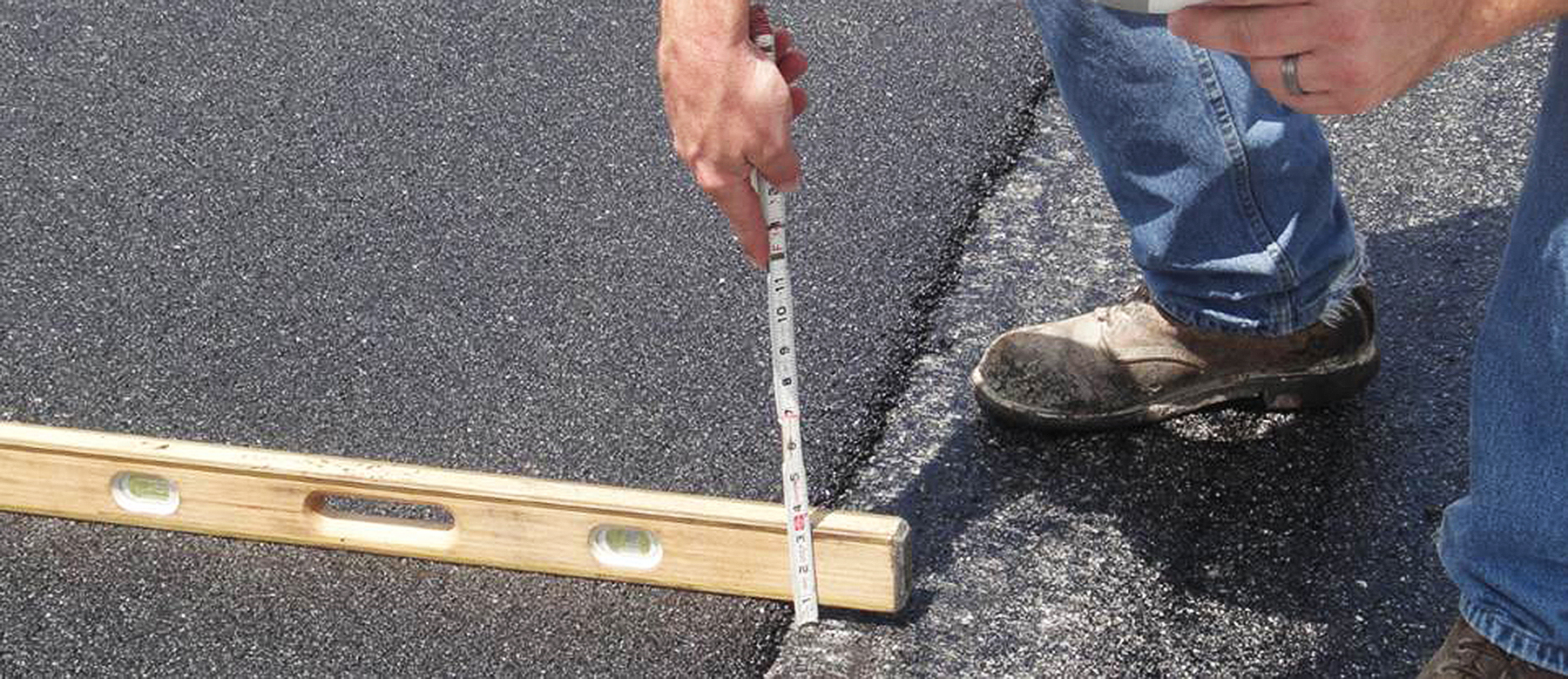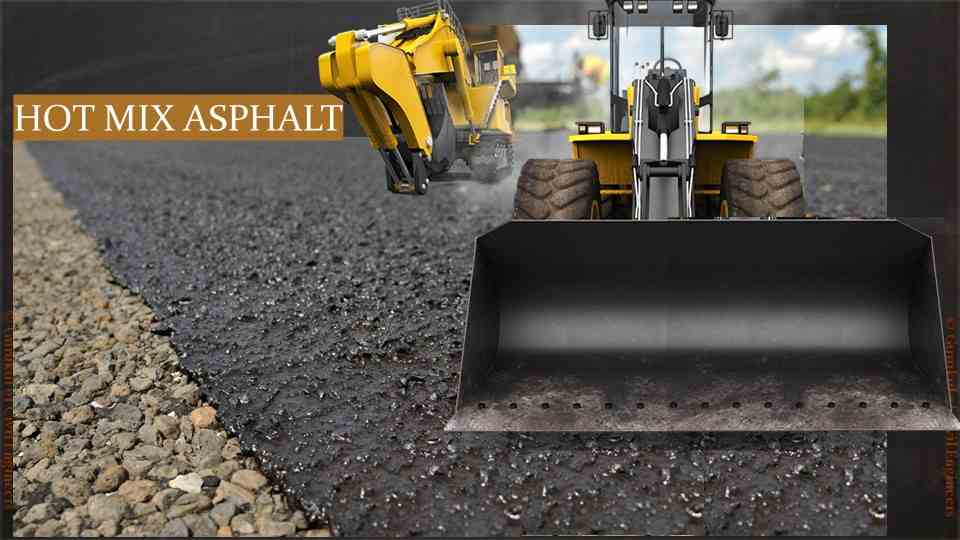Experience the Difference: Hot Mix Asphalt Paving for Regrading Projects
Wiki Article
Opening the Keys of Hot Mix Asphalt Technology
Discovering the depths of warm mix asphalt innovation reveals a globe where thorough processes and specific formulas converge to form our roads and facilities. The combination of binders, accumulations, and fillers isn't merely a building and construction job however a calculated orchestration of longevity and effectiveness.Importance of Warm Mix Asphalt
Warm Mix Asphalt plays a critical role in contemporary infrastructure development as a result of its durability and cost-effectiveness. As the most frequently made use of paving product for roadways, freeways, and car park, Warm Mix Asphalt offers a variety of benefits that add to its importance in building tasks. One vital benefit is its ability to stand up to heavy website traffic tons and severe weather, offering a reliable and lasting surface for transport networks. In Addition, Warm Mix Asphalt is cost-efficient in both initial construction and long-lasting upkeep, making it a favored selection for several facilities tasks.The longevity of Hot Mix Asphalt stems from its composition, which consists of accumulations, binder, and filler materials that are very carefully chosen and mixed to meet particular efficiency demands. This accurate combination leads to a solid and versatile sidewalk that can withstand regular usage without significant damage. Hot Mix Asphalt is 100% recyclable, further boosting its sustainability and environmental advantages. Generally, the importance of Hot Mix Asphalt in framework development can not be downplayed, as it continues to be a keystone of contemporary building methods.
Parts of Asphalt Mixes
The composition of asphalt blends is composed of carefully selected accumulations, binder, and filler materials that are important for attaining particular efficiency needs. Aggregates are the main element of asphalt blends, supplying toughness and security. The binder, normally asphalt or asphalt concrete, holds the accumulations with each other and supplies flexibility and sturdiness to the mix.The mix and percentage of these elements play a substantial function in establishing the top quality and efficiency of the asphalt mix. Engineers thoroughly develop the mix to fulfill details needs, taking into consideration variables like website traffic quantity, climate conditions, and sidewalk lifespan. Proper option and balancing of accumulations, binder, and fillers are necessary for producing long lasting, resilient asphalt sidewalks.
Mixing and Production Strategies

When the aggregates are selected, the binder, commonly asphalt concrete, is included in bind the products with each other. The binder's high quality and quantity substantially affect the mix's flexibility, resistance, and toughness to environmental aspects. In addition, fillers like moisturized lime or Portland cement may be incorporated to enhance details features of the asphalt mix, such as its workability or moisture resistance.
Throughout manufacturing, the accumulations and binder are heated up, normally in between 250-325 ° F(121-163 ° C ), to facilitate blending and make sure appropriate finishing of the aggregates. The blending procedure needs to be complete to attain an uniform mix that advertises the wanted performance characteristics of the asphalt. Numerous methods, such as set blending or drum mixing, are used to accomplish top quality and consistent asphalt mixes for construction projects.
Elements Impacting Asphalt Performance
Factors influencing asphalt efficiency include a range of variables that impact the sturdiness, longevity, and overall high quality of asphalt pavements. One vital element is the top quality of materials made use of hot mix asphalt in the asphalt mix. The kind and resource of accumulations, the binder high quality, and the ingredients all play a considerable role in determining the efficiency of the asphalt pavement. The rank of aggregates is vital as it impacts the mix's resistance, workability, and security to splitting and rutting.
Environmental problems additionally affect asphalt performance. Temperature level variants, dampness infiltration, and website traffic lots can all affect the structural stability of the sidewalk. Design considerations, such as sidewalk thickness and water drainage, are important in making certain the long-term efficiency of the asphalt pavement. By thoroughly considering these specialists, factors and engineers can maximize asphalt efficiency and enhance the service life of pavements.
Lasting Practices in Asphalt Innovation

WMA enables for the production and positioning of asphalt mixes at lower temperatures compared to typical hot-mix asphalt, resulting in reduced energy consumption and greenhouse gas exhausts. The usage of porous asphalt blends can aid alleviate stormwater overflow concerns by enabling water to infiltrate via the pavement and into the ground, promoting all-natural water filtration and charge processes.
Final Thought
Finally, hot mix asphalt modern technology plays a crucial role in modern infrastructure advancement because of its durability and cost-effectiveness. By very carefully stabilizing parts, using correct blending methods, and thinking about numerous factors, engineers can create top quality asphalt mixes that withstand rush hour tons and extreme climate conditions. Embracing lasting techniques, such as utilizing recycled products and warm-mix innovations, better boosts the ecological kindness of asphalt innovation.
Mixing and production methods in hot mix asphalt innovation involve the accurate combination and handling of aggregates, binder, and fillers to develop a sturdy and high-performance asphalt mix.Elements affecting asphalt efficiency encompass an array of variables that affect the sturdiness, longevity, and overall top quality of asphalt pavements. Sustainable methods in asphalt technology incorporate different campaigns aimed at reducing the ecological effect of asphalt production and paving procedures. By incorporating recovered asphalt pavement (RAP) and recycled asphalt roof shingles (RAS) into new asphalt mixes, the sector can substantially minimize the consumption of raw products and energy, while likewise lowering garbage dump waste.
WMA permits for the production and positioning of asphalt mixes at lower temperature levels contrasted to traditional hot-mix asphalt, resulting in minimized power consumption and greenhouse gas exhausts.
Report this wiki page